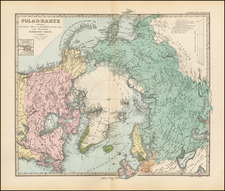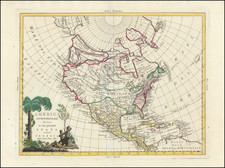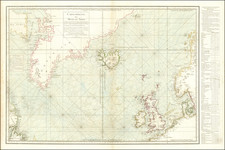Nice example of Petrus Bertius' map of the South Polar regions, the first printed map to focus solely on the South Pole.
Bertius' map shows a massive unknown continent, which he calls Magallanica sive Terra Australis Incognita, which includes Terra de fuogo, Psittacorum Regio, Promontorium terrae australis, and Beach Provinica. New Guinea and the Salomon Islands are also shown, as the southern tip of Africa (C. de bona Esperaca). The province of Beach is derived from the accounts of Marco Polo. The map shows strait discovered by Magellan, but pre-dates Jacob Le Maire and Willem Schouten's discovery of the Le Maire Strait and large open ocean between Tierra Del Fuego and the yet undiscovered land masses to to the south.
A small ship, sea monster and two compass roses decorate the tiny map. The title page on the verso. The map appeared in Bertius'
Tabularum Geographicarum Contractarum Libri Quinque.
An essential map for Polar map collectors.
Petrus Bertius was a Flemish historian, theologian, geographer, and cartographer. Known in Dutch as Peter de Bert, Bertius was born in Beveren. His father was a Protestant preacher and his family fled to London around 1568. The young Bertius only returned to the Low Countries in 1577, to attend the University of Leiden. A bright pupil, Bertius worked as a tutor and was named subregent of the Leiden Statencollege in 1593. He ascended to the position of regent in 1606, upon the death of the former regent, who was also Bertius’ father-in-law. However, due to his radical religious views, he eventually lost his teaching position and was forbidden from offering private lessons.
His brothers-in-law were Jodocus Hondius and Pieter van den Keere, who were both prominent cartographers. Bertius began his own cartographic publishing in 1600 when he released a Latin edition of Barent Langenes’ miniature atlas Caert Thresoor (1598). He published another miniature atlas that first appeared in 1616.
By 1618, Bertius was named cosmographer to Louis XIII. He converted to Catholicism and took up a position as professor of rhetoric at the Collège de Boncourt (University of Paris). In 1622, Louis XIII created a chart of mathematics specifically for Bertius and named him his royal historian. He died in Paris in 1629.









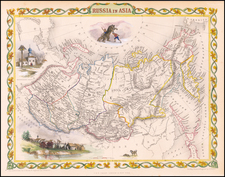
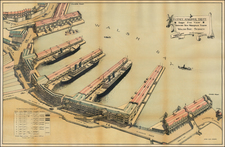
![[ Pacific Northwest - Northwest Passage ] Limes Occidentis Quivira et Anian. 1597](https://storage.googleapis.com/raremaps/img/small/71207.jpg)
